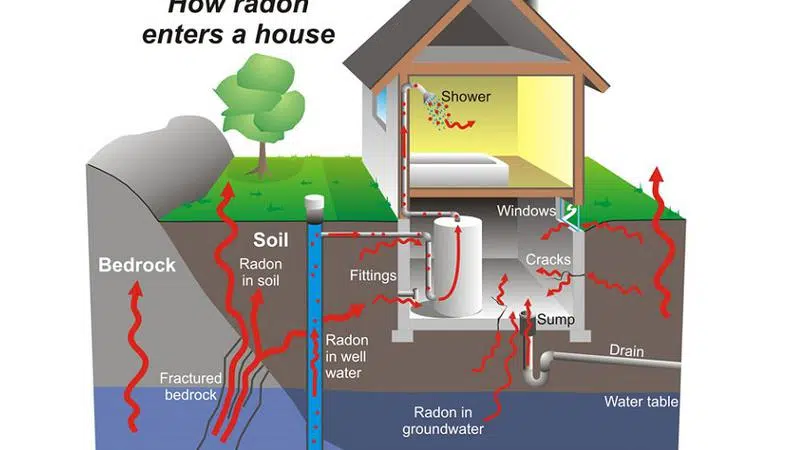
Radon presents serious risk for Saskatchewan citizens
One in three homes in Saskatchewan has dangerous levels of radon, according to a Lung Association of Saskatchewan study.
That number is even higher in Regina, where about 50 per cent of homes are affected.
Radon is a gas that is undetectable by the senses. It is released from the ground when uranium in the soil breaks down.
According to the Saskatchewan Mining Association, Saskatchewan is a hotbed for uranium. The province accounts for 22 per cent of the world’s uranium production and all of Canada’s.


